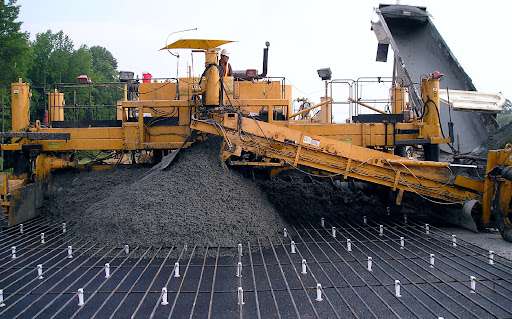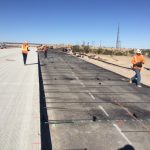A provincial long-term performance program was implemented at MTQ in 1992. Its main objectives are to improve pavement life and performance as well as to optimize the use of the funds allocated to the construction and maintenance of the road network. Our will to improve our practices and the various steps taken to meet the abovementioned objectives are insufficient unless a genuine feedback process such as field visits for data collection on pavement performance is implemented. It is at this stage that our methods must be validated. A result may lead to the rejection, modification or standardization of a new technique. A pavement performance study started in 2000 and 2003 on the first two CRCP projects carried out by MTQ. Two 150-m long sections per project are being closely monitored. The survey includes:
• Distress mapping on the 150-m sections and general survey of the entire CRCP projects
• Measurements of crack openings and end joints
• Measurements of longitudinal profile (smoothness)
• Measurements of transversal profile (ruts)
• Coring and sampling
• Measurements of deflections on the slab and at joint edges
• Measurements of skid resistance and macro texture
• Measurements of salt penetration levels in the concrete (Highway only)
• Measurements of steel corrosion potential (Highway only)
To date on Highway, at least two series of detailed measures have been carried out: in 2000, just before opening to traffic after reconstruction and in 2002, within a grand tour of all the road test sections in the Greater Montreal Area. On Highway, measurements have been conducted in November 2003, just before opening to traffic. Certain monitored parameters such as smoothness and skid resistance were the object of extensive measures on the entire section of the CRCP. This article will focus on the parameters specific to CRCP such as cracking (rate, spacing and width) and smoothness. Levels of salt penetration in the concrete are measures that can be useful in the evaluation of the efficiency of the concrete to protect reinforcement against corrosion.


